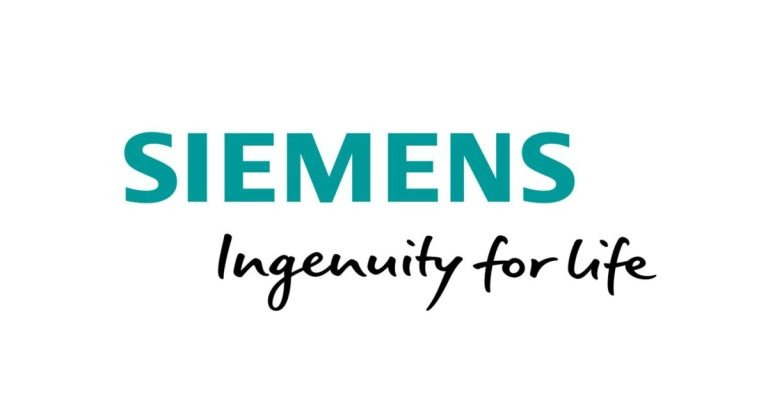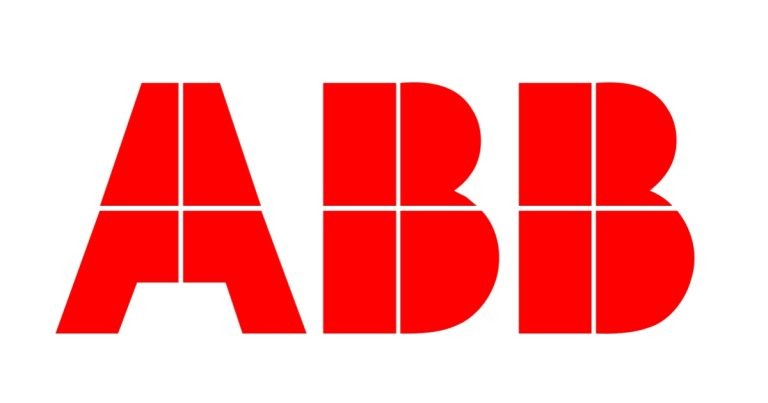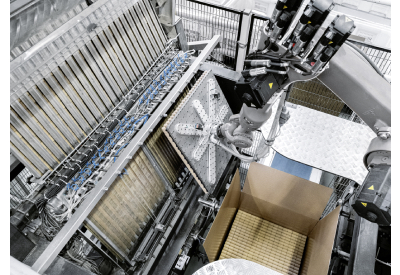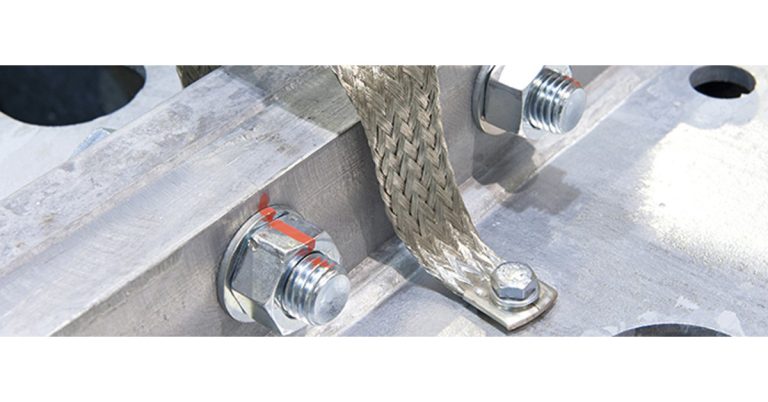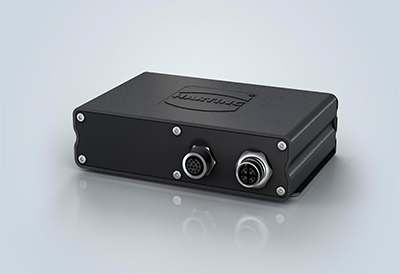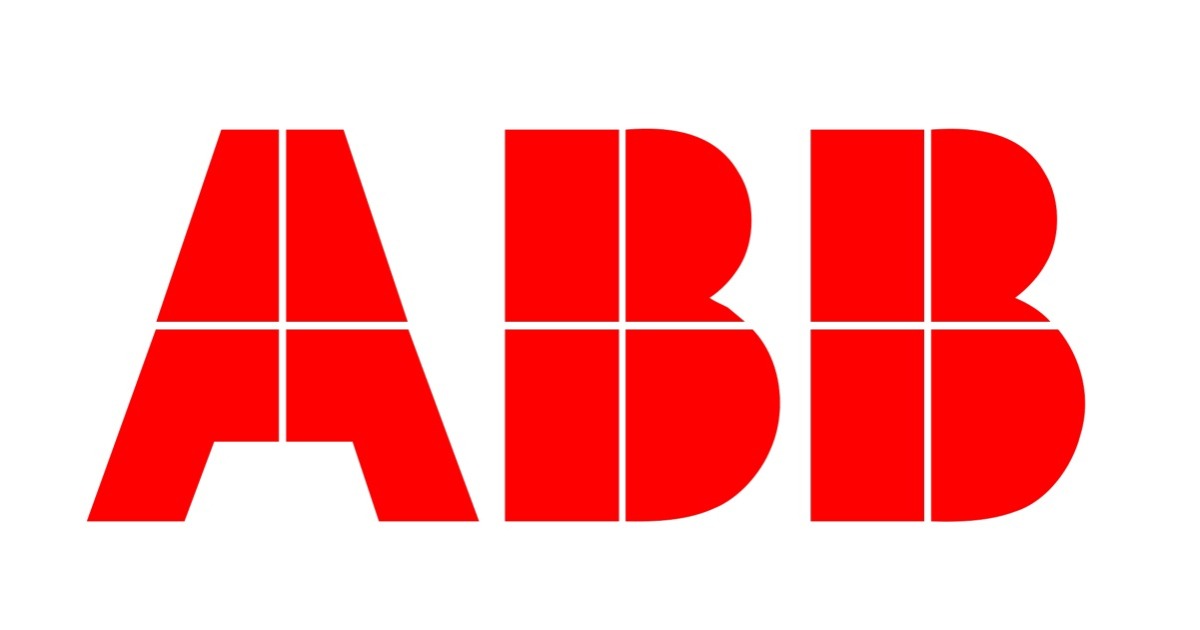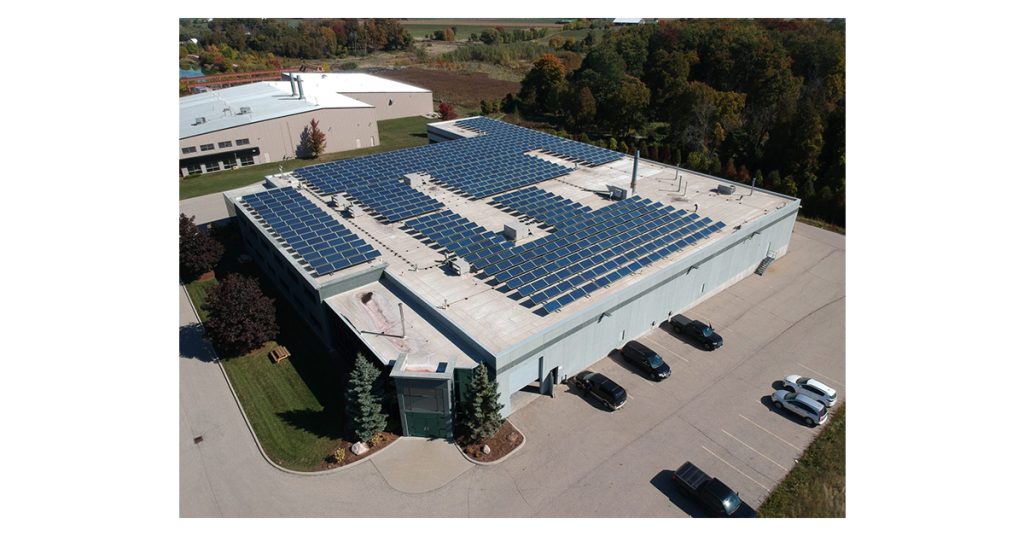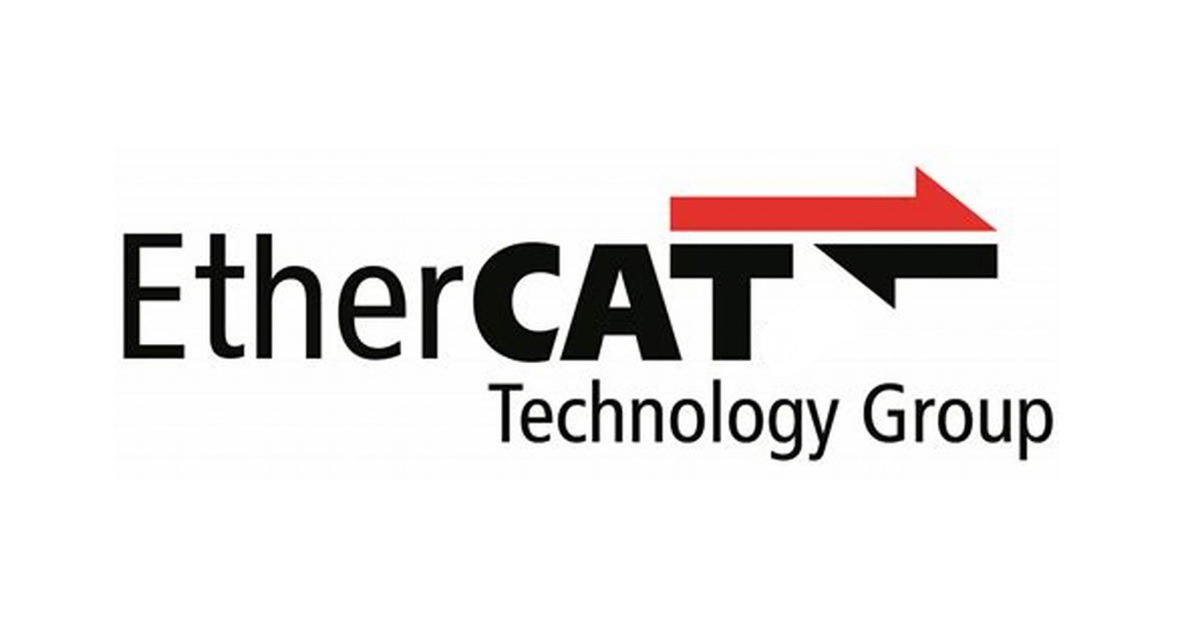5 Reasons to Unify Power and Process Control on One Platform
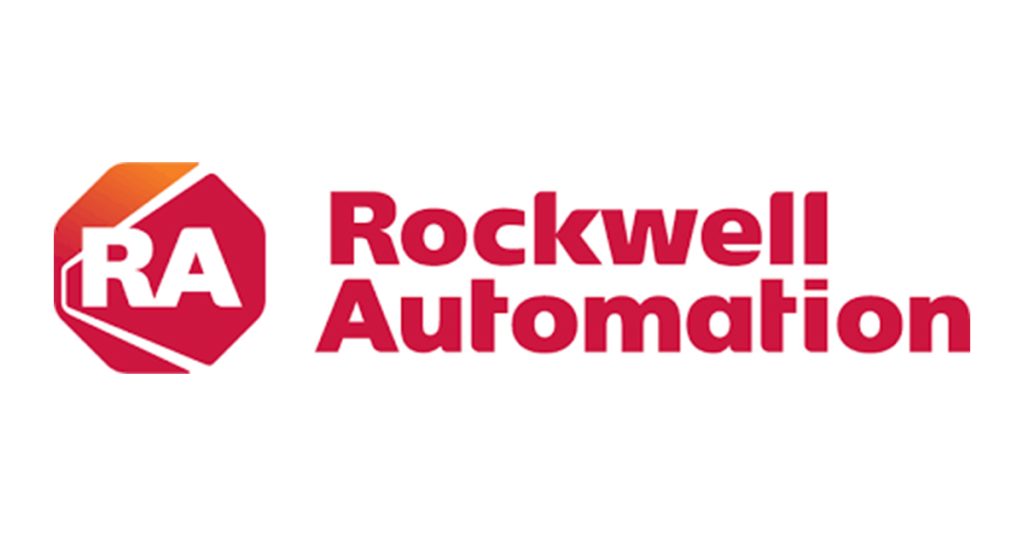
February 10, 2025
By Matt Kennedy, Vice President, Global Capabilities & Innovation, Rockwell Automation Lifecycle Services
Every industrial manufacturer’s goal is operational optimization. But relying on disparate systems that operate on individual platforms can stand in the way and introduce risk.
Various operational elements such as the basic process control system, the variable frequency drives (VFD), motor control centers, instrumentation, control software and energy management programs must work together as integral parts of production.
When these elements are on separate platforms, however, the installation, operational and maintenance costs – and associated risks – are multiplied. Implementing pre-tested solutions for an individual platform helps. But as industrial operations become larger and more complex, risks such as unplanned downtime and cybersecurity vulnerabilities are magnified.
A strategic, unified approach helps reduce total cost of ownership, mitigate risks and provides data intelligence and broad visibility across the enterprise. It positively impacts operational processes including energy management, asset performance management, process management, safety, cybersecurity and production analytics.
A unified platform simplifies everything
A unified architecture helps manage and optimize a manufacturer’s complex systems, including process control, power management, VFDs, motor control centers, safety systems and more. Operating one platform instead of two or more has obvious efficiencies, but this strategy has even more advantages.
Traditionally, process and power are separate functions employing different personnel, but using today’s technologies, power and process control are no longer separate. Organizations are increasingly choosing to connect the two for more efficient operation.
Power is a natural extension of process control functions, Ethernet IP networks, cybersecurity planning, safety and remote I/O. Integrated process and power systems take advantage of a singular automation platform that allows cross-function visibility and interactive communication, simplifying the environment for operators in a connected plant, mill or mine. Consolidating production automation process control and power infrastructure onto one platform provides a holistic view of the manufacturing enterprise and gives operators the information they need when they need it.
A single unified system enhances visibility and simplifies maintenance and operator training. Information from the various production processes can be aggregated and contextualized. This information provides valuable insights from multiple sources to support data-driven decisions in real time leading to actions that improve productivity, reduce costs, maintain quality and mitigate risk.
Overlaying real-time production and power data yields data insights that reveal opportunities for improved energy management strategies, product design improvements, and sustainability gains. Analyzing process and power data in similar formats supports optimization across the entire infrastructure.
Visibility and real-time data insights
Simplified hardware operation and software programming help industrial companies mitigate well-known workforce challenges. Specialized historical knowledge is captured, contextualized and used to help create data insights available to workers, driving operational consistency. Instead of undergoing training on multiple operating systems, plant operators can focus on learning one system and enjoy a modernized digital view of the enterprise. This unified visualization improves the user experience and helps improve quality and safety.
Real-time data and information across the enterprise supports efficiency and effectiveness helps workers improve operations. With access to these data insights, operators can take a knowledge-driven approach to decisions and actions that support optimization. This heightened visibility helps people contribute at a more strategic level and increases productivity and personnel engagement.
Remote access and process monitoring also drive efficiency. The remote operator can receive real-time data insights from the system and act on them faster and from any location at any time. Additionally, operators benefit from streamlined training, reduced complexity, enhanced troubleshooting and improved safety systems.
Reduce cybersecurity risk
Production facilities today must take precautions to help protect people, assets and intellectual property against ongoing cyberattacks. To build a resilient, safer and more secure operation, manufacturers can take advantage of a single platform strategy that provides real-time asset inventory, vulnerability management and risk remediation.
Visibility into assets on the network is critical to cybersecurity effectiveness. The capability to find and assess vulnerable assets and assign a risk factor to each helps prevent cyberattacks that can cripple a facility. As safety and security are a part of any manufacturing operation, manufacturers must employ a strong set of cybersecurity offerings, such as those from Verve®, to mitigate thousands of cybersecurity risks.
Companies can apply countermeasures and implement the IEC 62443 standard to mitigate cyber threats on a single platform, and cybersecurity patches can be remotely uploaded to the system on a continuous basis.
Picture your unified architecture efficiency
A distributed control system, such as PlantPAx from Rockwell Automation, can run on the same platform as power, VFDs and motor control centers (see figure 1). Batch and continuous process operations can also operate on a common platform.
These synergies and the ability to access simulation and digital technologies like Emulate3D™ reduces design, integration, engineering and training costs, which can lower the impact on the CapEx / OpEx budgets and improve your return on investment (ROI).
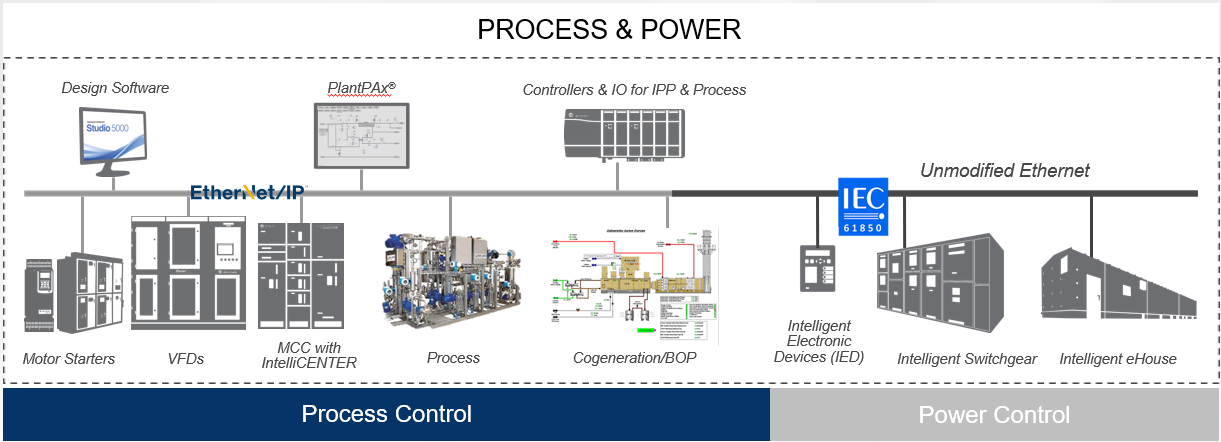
The financial advantages of a unified platform become apparent when comparing the costs of operating multiple systems. Organizations with separate platforms require multiple vendor support on-site, multiple service contracts and training management packages. In addition, reducing the number of projects required to implement and maintain these additional platforms results in lower risk and project costs, fewer servers at initial deployment and less maintenance support over time.
With a unified system, an overarching solutions and services agreement can cover these scopes of work. Organizations can estimate potential savings by multiplying the operational expenses of a single platform by the total number of platforms they currently use and comparing to the cost of a unified solutions and services agreement.
Digital transformation accelerates productivity and reduces risk
The concept of digital transformation is bringing production intelligence to manufacturers for measuring and improving nearly every aspect of their operations. It’s also providing instantaneous information sharing and seamless collaboration across all sites. Most manufacturers are committed to digitally transforming their operations to boost productivity using smart tools and technologies, such as artificial intelligence, machine learning, virtual reality and augmented reality.
Implementing a unified architecture can help achieve digital transformation initiatives such as resilience, sustainability and agility. A holistic approach and thorough upfront planning are essential to mitigate project risks and streamline time to value. Getting started is not easy, but to stay ahead of the competition, maintaining that forward momentum is the only option.
Consider partnering with an automation solutions company, like Rockwell Automation, who can provide end-to-end solutions and services, from digital consulting to design to front-end loading to commissioning and startup. Digital transformation relies on developing a comprehensive data strategy and architecture plan. The right partner will have unique access to industry expertise and cutting-edge services in data science and production logistics across the enterprise, like those provided by Kalypso, a Rockwell Automation company.
With access to these types of proven best-in-class technology and services, the automation solutions partner will bring together the required stakeholders, optimize project timelines and minimize risk. The convenience of a turnkey automation provider and trusted advisor with a vast partner ecosystem will speed time to market and support long-term ROI.
The conclusion…
Harnessing the firepower of today’s digital and physical technologies on a single platform helps manufacturers build resiliency, agility and sustainability as they streamline and optimize manufacturing processes. Consolidating various systems on a single unified architecture can help:
- Lower total cost of operation
- Increase return on investment
- Reduce risk
- Simplify complex operations
- Make the right information available to the right people across the enterprise

